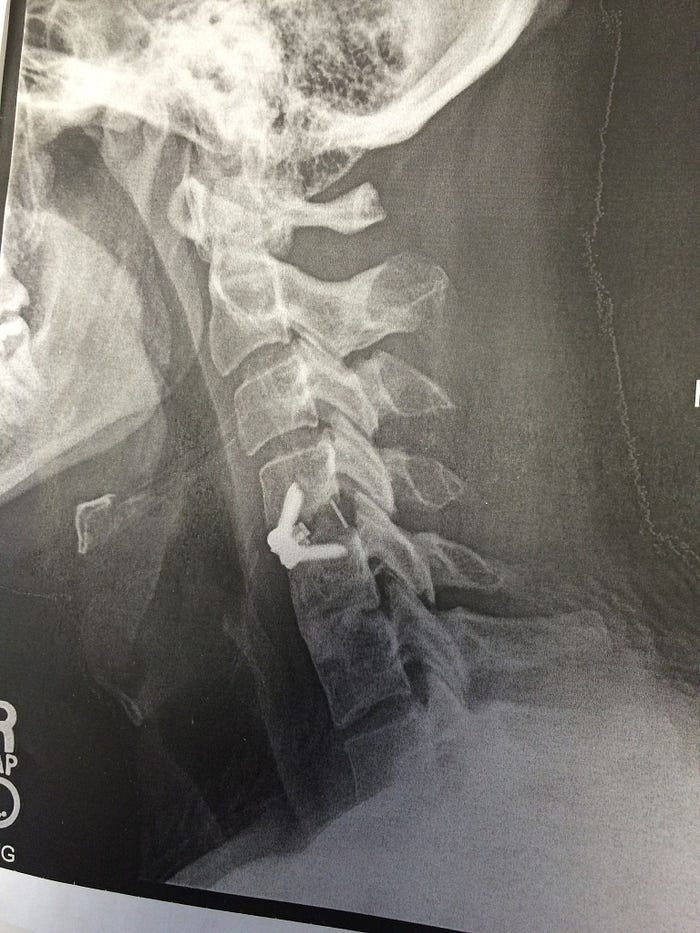Recovery Timeline After Cervical Spine Surgery

Cervical spine surgery is a common procedure used to treat a variety of conditions, such as herniated discs, spinal stenosis, and degenerative disc disease. While the surgery can be effective in relieving pain and improving function, it is important for patients to understand the recovery timeline and what to expect during the healing process.
Immediately After Surgery
Immediately after cervical spine surgery, patients will be taken to a recovery room where they will be closely monitored by medical staff. Depending on the type of surgery and the patient’s overall health, they may spend one or more nights in the hospital for observation and pain management.
First Week Post-Surgery
During the first week after cervical spine surgery, patients should expect to experience some pain and discomfort. Pain medication will be prescribed to help manage these symptoms. Patients will also be advised to rest and limit their activities during this time. In some cases, a neck brace may be required to help support the spine as it heals.
Two to Four Weeks Post-Surgery
Two to four weeks after cervical spine surgery, patients should begin to feel better and experience less pain. While they may still need pain medication, the dosage will typically be reduced at this point. Patients may also begin physical therapy to help strengthen their neck muscles and improve their range of motion.
Six Weeks Post-Surgery
Six weeks after cervical spine surgery, most patients are able to resume their normal activities. However, it is important to avoid heavy lifting and strenuous exercise for several more weeks to allow the spine to fully heal.
Three to Six Months Post-Surgery
Three to six months after cervical spine surgery, patients should continue to see improvement in their symptoms and function. However, it is still important to avoid any activities that could put stress on the spine, such as contact sports or heavy lifting.
Long-Term Recovery
Long-term recovery after cervical spine surgery involves ongoing monitoring and management of any remaining symptoms. Patients may continue to work with a physical therapist to maintain their strength and range of motion. They should also attend regular follow-up appointments with their surgeon to monitor their progress and address any concerns.
Conclusion
The recovery timeline after cervical spine surgery can vary depending on the type of surgery and the individual patient. By understanding what to expect during the healing process, patients can take an active role in their recovery and work with their medical team to ensure the best possible outcome. With time and patience, most patients are able to return to their normal activities and enjoy improved function and quality of life.
